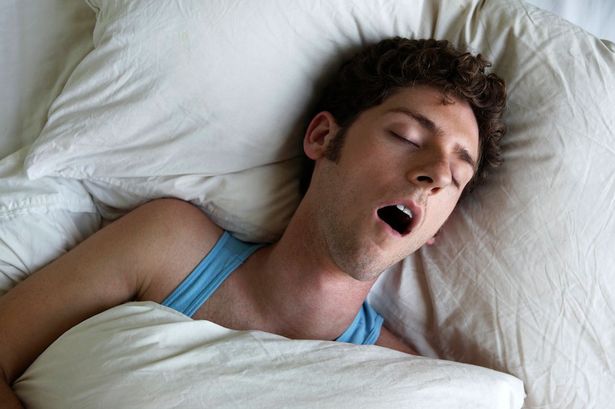
07 Sep How to stop snoring-Part 2!!
Part 2
Before we delve into the type of exercise or medical cures that can help stop snoring, it is important to determine whether the type of snoring is indicative of a more serious health issue. If you notice any of the following sleeping/snoring behaviours; snoring loudly and heavily (+ feeling tired during the day), waking up gasping for air, waking up feeling like you are choking, falling asleep during activities such as driving or eating a meal, then snoring may be a warning sign. If you are concerned please see your Doctor to help investigate and/or rule out an underlying sleep disorder such as obstructive sleep apnoea (OSA) or other sleep-related breathing issues. It is important to rule out a sleep disorder, because if you have a sleep disorder the treatments below will only mask a symptom of the disorder; snoring.
Throat exercises to stop snoring
The muscles in the upper respiratory tract may be strengthened by performing the following throat exercises to stop snoring. Some of these may seem silly at first, but they are easy simple exercises that can be combined with every day activities such as when you’re in your car, walking your dog or while you are cooking.
- Close your mouth and purse your lips, hold for 30 seconds.
- Open your mouth and move your jaw to the left (hold 30 seconds) and then to the right (hold 30 seconds).
- Open your mouth and contract the muscle at the back of your throat (move the uvula – the dangling bit) for 30 seconds.
- Say a-e-i-o-u out loud for around three minutes.
- Move the tip of your tongue behind your front teeth and slide it backwards and forwards continually for around three minutes.
Medical cures for snoring
Following a Doctor’s consultation these medical cures can stop snoring.
- Continuous Positive Airway Pressure (CPAP) – the gold standard treatment for snoring and OSA. This device will blow pressurised air to keep your airway open during sleep.
- Traditional Surgery – Uvulopalatopharyngoplasty (UPPP), Thermal Ablation Palatoplasty (TAP) and Adenoidectomy – abnormalities (small airways, enlarged tonsils and adenoids) are surgically corrected by removing tissue to increase the size of your airway.
- Laser-assisted Uvulopalatoplasty (LAUP) – uses a laser to shorten the Uvula (dangly tissue at the back of the throat) to prevent the vibrations that create the sound when you snore.
- Palatial implants – small plastic implants are inserted into the soft palate (top of the throat) to help prevent collapse and cause the vibrations that create the sound when you snore.
- Somnoplasty – low levels of radiofrequency heat remove tissues of the uvula and soft palate (that vibrate during snoring). Procedure performed under local anaesthesia and takes about 30 minutes.

